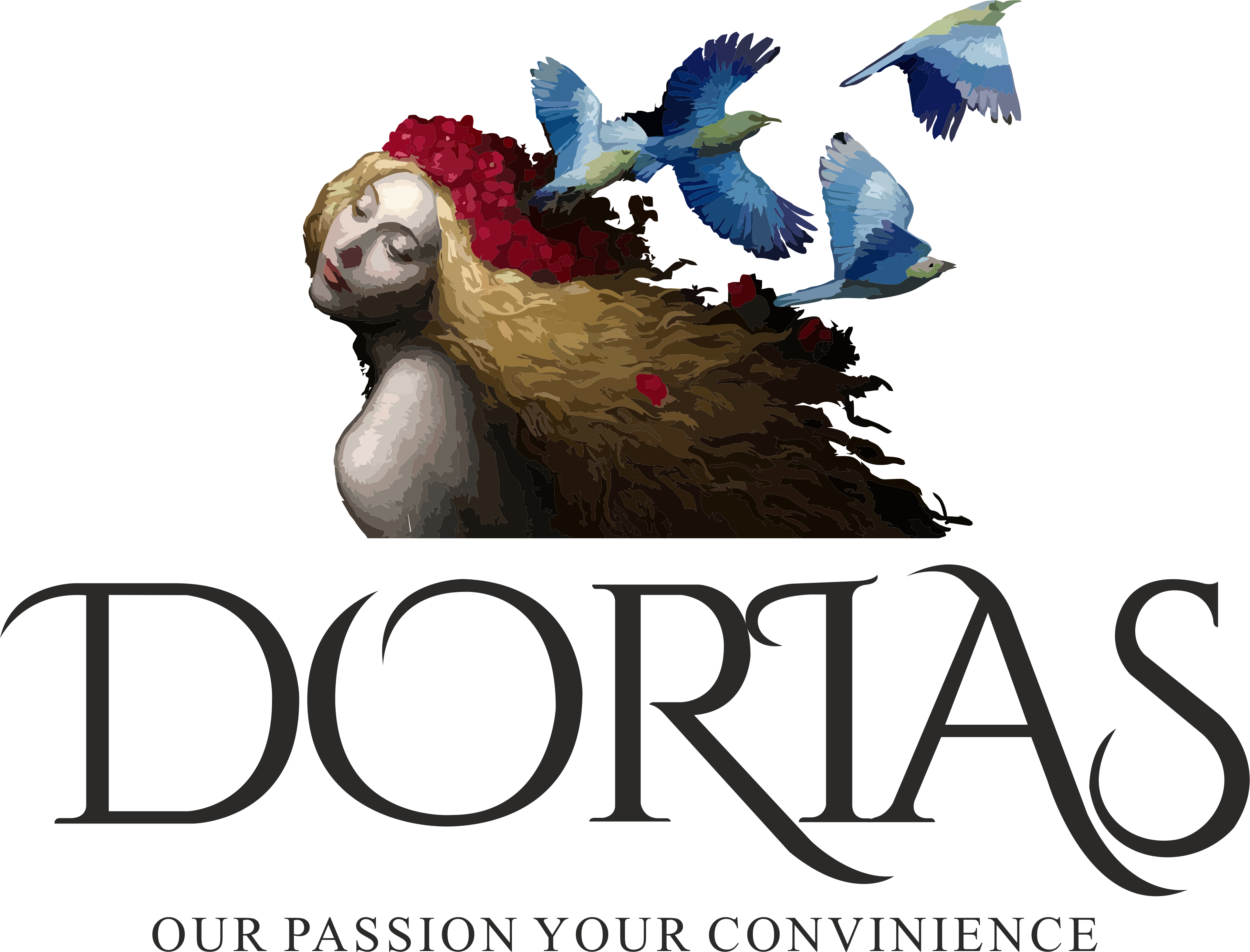1. Introduction: The Significance of Symbols in Human Culture
Symbols have been integral to human communication and identity since prehistoric times. Defined as visual or conceptual representations that convey complex ideas, symbols serve as bridges between the tangible and intangible, allowing cultures to express beliefs, values, and social structures succinctly. From cave paintings to digital icons, their role in shaping collective consciousness remains profound.
Ancient symbols, crafted with purpose and deep meaning, continue to influence modern iconography. For example, the Pyramid scatter trigger in today’s gaming designs echoes the symbolic weight of Egyptian motifs, demonstrating how timeless symbols adapt to contemporary media.
This article explores the evolution of ancient art into modern symbols, illustrating how principles rooted in early civilizations—particularly in Egypt—persist in today’s visual language and cultural expressions.
Contents
- The Foundations of Ancient Art and Symbolism
- The Concept of Sacred and Profane in Ancient Art
- The Visual Language of Ancient Egypt
- The Eye of Horus: Origins, Meaning, and Functions
- From Ancient Symbols to Modern Icons
- The Influence of Ancient Artistic Principles on Modern Symbolism
- Deeper Cultural and Philosophical Implications
- Conclusion: The Legacy of Ancient Art in Shaping Modern Symbols
2. The Foundations of Ancient Art and Symbolism
Ancient artwork served multiple functions beyond aesthetic appeal; it was deeply intertwined with cultural and spiritual beliefs. Artifacts from Mesopotamia, Egypt, and the Indus Valley often depicted divine figures, cosmological themes, and protective symbols, reinforcing societal hierarchies and spiritual narratives.
Common motifs included animals, celestial bodies, and geometric patterns, each carrying layered meanings. For instance, in Mesopotamian reliefs, lions symbolized strength and kingship, while in Egyptian hieroglyphs, animals like the falcon conveyed divine authority.
Color and materials also played critical roles. Sacred objects often adhered to strict color codes; notably, the prohibition of red on certain religious artifacts in Egypt was linked to its association with chaos and disorder, contrasting with the symbolic purity of gold and black. These restrictions and choices imbued objects with spiritual significance, guiding their use in rituals and daily life.
3. The Concept of Sacred and Profane in Ancient Art
A fundamental aspect of ancient art was distinguishing sacred from mundane imagery. Sacred symbols often embodied divine qualities or protective powers, serving as intermediaries between humans and the divine realm. Everyday objects and scenes were typically devoid of spiritual significance, emphasizing the sacred’s exclusivity.
The Egyptian god Horus exemplifies this concept vividly. Depicted as a falcon or with falcon features, Horus represented kingship, protection, and divine authority. His imagery conveyed not only political power but also spiritual safeguarding, especially in funerary contexts where amulets bearing Horus’s symbols were believed to shield the deceased from harm.
4. The Visual Language of Ancient Egypt
Egyptian art developed a sophisticated visual language where animals symbolized specific divine attributes. The falcon, for instance, was associated with the god Horus and epitomized speed, sharp vision, and divine authority. Its imagery was prevalent in royal regalia, temples, and amulets, serving as a constant reminder of the ruler’s divine right and protection.
Color symbolism was equally vital. Gold represented the flesh of the gods, black symbolized fertility and rebirth, and green signified growth and regeneration. Restrictions, such as avoiding red on sacred objects, reflected a desire to maintain cosmic order and prevent chaos—an example of how artistic choices reinforced spiritual principles.
Materials like frankincense and myrrh, imported from regions like Punt, not only enhanced religious ceremonies but also demonstrated Egypt’s extensive trade networks. These exotic substances were integral to temple rituals, linking art, spirituality, and economic exchange.
5. The Eye of Horus: Origins, Meaning, and Functions
The Eye of Horus, also known as Wadjet, originates from mythological tales involving Horus’s struggle with Seth. After losing his eye in a conflict, Horus’s eye was magically restored, symbolizing healing, protection, and royal authority. This myth laid the foundation for its widespread use in amulets and funerary objects.
The design of the Eye incorporates symbolic elements. The curved line beneath the eye represents the facial markings of a falcon, while the stylized eye itself signifies sight, insight, and divine vigilance. Notably, the design subtly integrates concepts of order (maat) and chaos, reflecting the ancient Egyptian worldview where maintaining cosmic balance was paramount. The prohibition of red, associated with chaos, further emphasized purity and stability.
In funerary practices, the Eye of Horus functioned as a powerful protective amulet. It was believed to safeguard the health and well-being of the deceased in the afterlife, ensuring a safe journey and rebirth—an enduring testament to its spiritual significance.
6. From Ancient Symbols to Modern Icons
Today, the Eye of Horus has transcended its original context, becoming a universal symbol of protection, health, and spiritual insight. Its sleek, recognizable form appears in jewelry, tattoos, logos, and spiritual practices worldwide, illustrating how ancient principles continue to resonate.
For example, many health organizations incorporate the Eye of Horus in their logos to signify vigilance and well-being. Similarly, spiritual communities use it as a talisman for clarity and protection. Its visual simplicity and profound meaning make it a versatile symbol that bridges ancient wisdom and contemporary needs.
This enduring appeal underscores the power of ancient symbolism to adapt and thrive in modern culture, maintaining relevance across diverse contexts.
7. The Influence of Ancient Artistic Principles on Modern Symbolism
The principles underlying ancient symbols—such as clarity, symbolism, and mythic storytelling—continue to influence modern iconography. Ancient concepts of divine authority and protection inform how symbols are designed to convey powerful messages with minimal complexity.
Color schemes, simplified forms, and mythological narratives help create symbols that resonate across generations. For instance, the stylized eyes in contemporary logos or tattoos draw inspiration from the Egyptian Eye of Horus, embodying themes of vigilance and safeguarding.
Storytelling remains central; understanding the mythic origins of symbols deepens their impact, making them more than mere images but carriers of cultural memory and shared values.
8. Deeper Cultural and Philosophical Implications
Symbols like the Eye of Horus reflect a universal human desire for order, protection, and understanding of the divine. Their persistence across millennia demonstrates a collective need to connect with higher powers and maintain societal harmony.
Psychologically, such symbols can foster a sense of security and spiritual identity. Their roots in ancient art reveal how constraints and innovations—such as prohibitions on certain colors—shaped symbols that endure because they encapsulate fundamental human concerns.
These enduring symbols serve as repositories of cultural memory, linking past beliefs with present practices and illustrating how art and myth evolve together to address human needs.
9. Conclusion: The Legacy of Ancient Art in Shaping Modern Symbols
Ancient art and symbolism form the foundation of many elements in today’s visual language. From the sacred motifs of Egypt to contemporary logos and spiritual icons, the principles of myth, color, and form have persisted, demonstrating their timeless relevance.
Understanding the historical context of these symbols enriches our appreciation of their meaning and power. The Eye of Horus exemplifies how ancient principles of divine authority and protection continue to influence modern iconography, serving as a bridge between past and present.
As we explore these connections, it becomes evident that the legacy of ancient art is not merely historical but an active, shaping force in how we communicate, symbolize, and seek understanding today.


